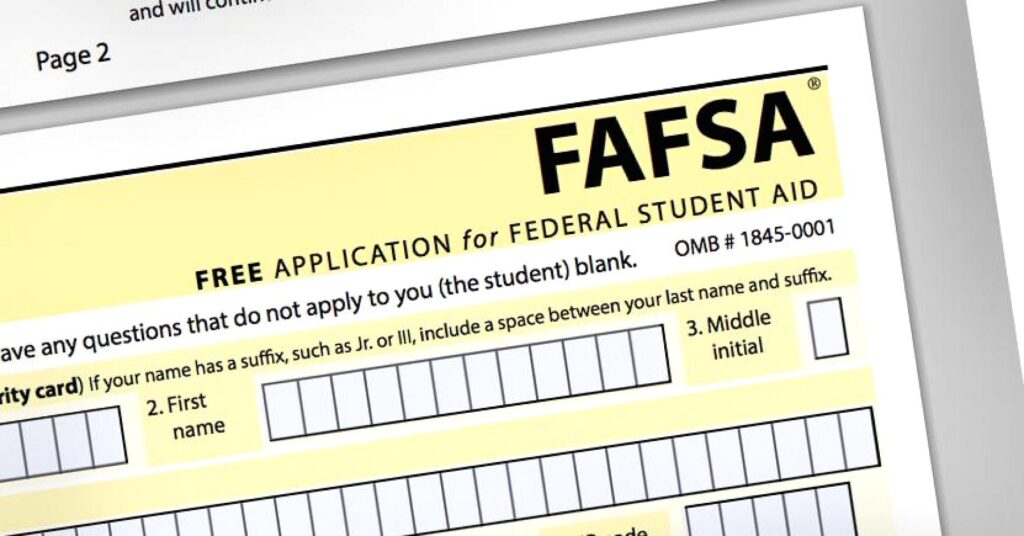The Free Application for Federal Student Aid (FAFSA) is an online form that college students fill out annually to identify their eligibility for federal aid. Some of this aid includes Pell Grants, MAP Grants (for students attending college in Illinois), federal student loans, and work-study opportunities. Plus, it helps colleges get a sense of what […]
2017-2018 FAFSA Changes

